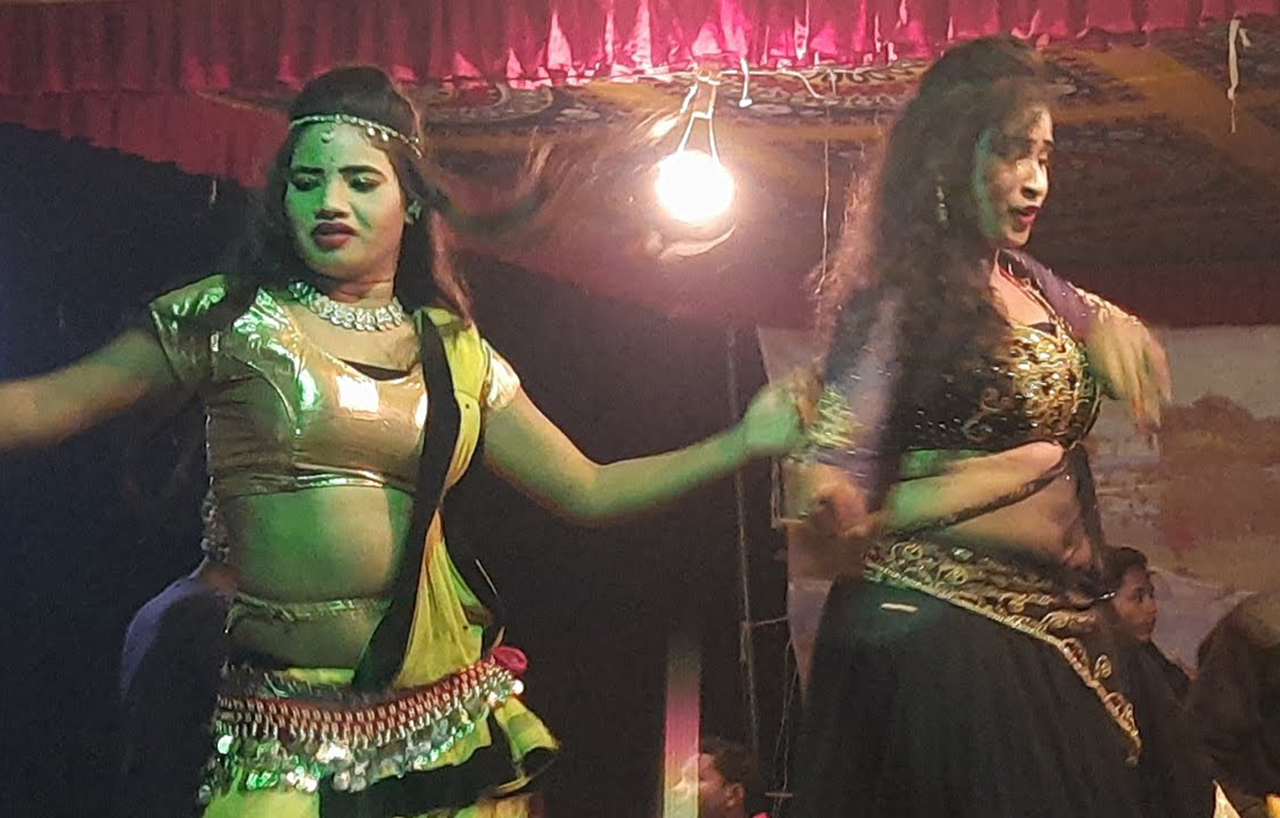A panel on bar dancers and ‘Arkestra dancers’ raised interesting questions about what counts as labour and what desire means. A report by Ashley Tellis.
The Centre for Labour Law, Research and Advocacy (CLLRA), National Law University, Delhi (NLUD) run by the brilliant Sophy Joseph, author of Customary Rights of Farmers in Neoliberal India: A Legal and Policy Analysis (OUP), organised a panel, the first of a series in the newly inaugurated Centre, on forms of labour not usually read as labour, using gender as the primary category of analysis, on girls in dance bars and what are known in North India and Bihar in the east as ‘Arkestra dancers.’
Dr. Brahma Prakash of Jawaharlal Nehru University’s School of Arts and Aesthetics and author of Cultural Labour: Conceptualizing the ‘Folk Performance’ in India (OUP) spoke first on ‘arkestra dancers’ in North India and Bihar, the areas of his research. He made four points about a) what he called as the erotic’s “enabling capacity” for women, b) the conflation of objectification and appreciation in these performances, c) the question of access and how these forms allow marginalised artists to become artists and d) the caste and class politics of what constitutes high culture (nritya) and low culture (naach).
He was followed by Advocate Veena Gowda (High Court and Trial Courts, Mumbai) who ran through the fifteen-year-long struggle to fight for the rights of bar dancers in Bombay who were being shut down by the state. While the litigation was by no means a huge success (bar dancing is still illegal in Bombay), the struggle was enabling for many women as a moment of mobilization and collectivization. There are still bars which have dancing in Bombay illegally, as they do not have licenses), this history brought together hundreds and thousands of women, from the state and beyond.
The last speaker was a very dramatic and brilliant Prof. Sameena Dalwai of O.P. Jindal Global University and author of Bans and Bar Girls: Performing Caste in Mumbai’s Dance Bars (Women Unlimited). Dalwai focused on the caste politics by the state using ideas of ‘caste capital’ and ‘caste governance’ to show how women’s bodies are controlled by the bars and the state.
A short discussion followed where interesting questions were raised about the constitutive contradictions of femininity and sexuality but this was cut short due to time constraints.
The discussion was beginning to warm up around the question of subjectivity and the contradictory nature of female investment in dancing. While Brahma Prakash made an argument about passion and art, Sameena Dalwai put a check on too easy an appropriation of the difficulties of this labour by a feminist claim on agency.
One of the aspects of dancing cultures missing from the panel was that the exclusive focus on men meant that there was no discussion of launda dancers (gay men who dress as women and dance at weddings in North India and Bihar) and other kinds of male impersonation dancing, including in the tamasha in Maharashtra.
One looks forward to the subsequent events by the CLLRA on sex work, anganwadi workers and home labour of different kinds, lined up for this year.




I enjoyed reading this feature. It’s very interesting